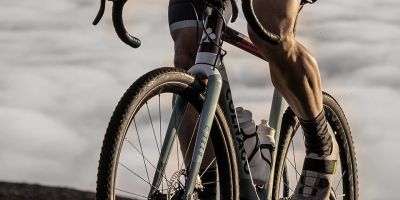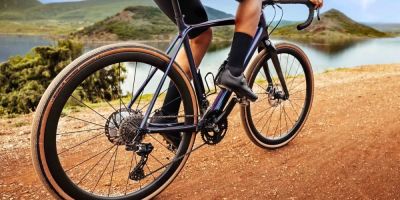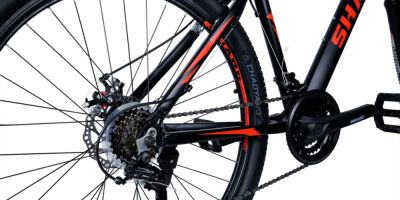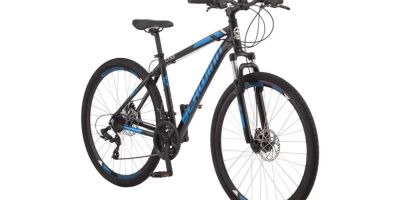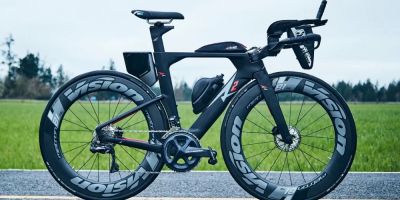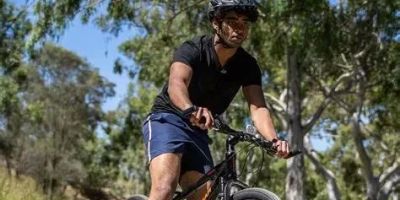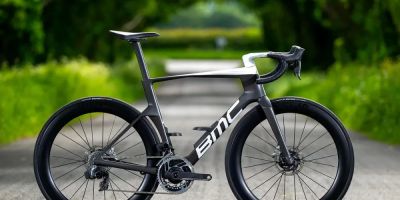How to Choose the Perfect Mountain Bike: A Personal Buying Guide
1. Understanding the Different Types of Mountain Bikes
When I first decided to buy a mountain bike, I was overwhelmed by the options available. From cross-country bikes to downhill machines, the choices seemed endless. What I quickly learned is that the type of mountain bike you choose depends largely on your riding style and the terrain you plan to tackle. It’s crucial to understand the differences between the main categories of mountain bikes before making a decision.
Cross-country (XC) bikes are built for speed and endurance, designed for riders who enjoy covering long distances on relatively smooth terrain. I opted for a cross-country bike for my first purchase, as I wanted to try my hand at more casual rides and enjoy scenic trails. On the other hand, if you’re into tackling more technical trails, downhill bikes are designed for rough, steep terrains with high suspension for absorbing shocks and bumps. These bikes are ideal for those who enjoy the thrill of steep descents and intense trails.
Understanding these categories will help narrow down your options significantly. A good starting point is to think about where you plan to ride most often, whether it's smooth trails, rocky hills, or forest paths.
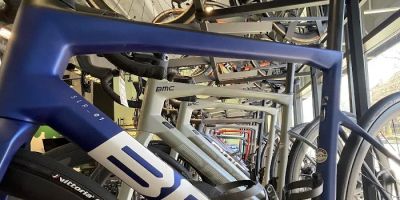
Conte's Bike Shop
3449 Wilson Blvd, Arlington, VA 22201, USA
2. Key Features to Look for When Buying a Mountain Bike
Once you’ve decided on the type of mountain bike, it’s time to look at the specific features that will make your ride enjoyable and efficient. I’ve learned over the years that it’s essential to focus on the bike’s frame, suspension, wheels, and gearing system.
- Frame Material: The frame is the foundation of your bike, and its material affects the bike’s weight, strength, and cost. Common materials include aluminum, steel, and carbon fiber. Aluminum frames are lightweight, affordable, and durable, which made it a great choice for my first bike. Carbon fiber frames are lighter and stiffer but come at a higher price, making them ideal for serious riders who want to maximize performance.
- Suspension: Suspension plays a huge role in your bike’s comfort and performance. Full-suspension bikes have suspension at both the front and rear, which makes them perfect for rough terrain and downhill riding. Hardtail bikes, like the one I started with, have only front suspension and are more suited for smoother trails. I found that a hardtail was great for learning and getting used to mountain biking, but if you’re tackling rocky or uneven trails, full suspension may be a better fit.
- Wheels: The size of the wheels impacts the bike’s handling and stability. I opted for a bike with 29-inch wheels, which roll over obstacles more smoothly and offer better traction. Smaller wheels, like 26 inches, are more nimble and better for technical trails, while 27.5-inch wheels provide a balance of both.
- Gearing System: The gearing system controls how efficiently you can pedal on different terrains. I remember being confused about the gear system initially, but understanding the number of gears helped a lot. If you plan on climbing hills, look for a bike with a wide range of gears. The more gears a bike has, the more flexibility you’ll have to adjust to various inclines and trails.
3. Finding the Right Size for Comfort and Control
One mistake I made when buying my first mountain bike was not paying enough attention to sizing. A bike that’s too big or too small can make riding uncomfortable and even lead to injury. It’s essential to choose a bike that fits your body size and riding style.
Mountain bike sizing is typically measured by the length of the frame. When I bought my first bike, I made sure to check the manufacturer’s size chart to find the right frame size based on my height and inseam. I also made sure to test ride the bike before buying it, as this gave me a real sense of how it would feel on the trail. If possible, visit a bike shop where you can get fitted and try different sizes to ensure the bike feels right for you.
Another important factor to consider is the seat height and handlebar position. I learned that adjusting the seat and handlebars can significantly improve my comfort and control, especially on longer rides. Make sure the seat is at a height that allows you to fully extend your legs while pedaling, and the handlebars should be within easy reach.

Bicycle Barn LLC
839 Reading Rd, East Earl, PA 17519, USA
4. Understanding Your Budget and Value for Money
Mountain bikes come in a wide price range, from budget-friendly models to high-end bikes that can cost thousands of dollars. When I first started, I set a realistic budget based on the features I needed and my riding goals. While it’s tempting to splurge on top-of-the-line models, I found that many bikes in the mid-range offer great value for money without compromising on performance.
Consider what you’re willing to spend and what you need the bike to do. If you’re just getting into mountain biking or plan to ride casually, a bike in the $500-$1,500 range may be sufficient. As your skills progress or if you plan on more intense rides, you may want to consider investing in a more specialized bike.
Don’t forget to factor in accessories such as a helmet, gloves, and water bottle holder, which are essential for safety and comfort. These additional costs can add up, but they’re crucial for an enjoyable biking experience.
5. Where to Buy Your Mountain Bike
Finding the right place to buy your mountain bike is just as important as choosing the bike itself. I found that visiting a local bike shop gave me the chance to speak with experts who could guide me through the selection process and help me find the perfect bike. If you’re buying online, make sure to research the seller’s reputation, read customer reviews, and check return policies in case the bike doesn’t work out.
For those looking for top-quality bikes and great deals, websites like 【Healthy Cycling】 offer a wide selection of mountain bikes, where you can find detailed descriptions and reviews to help make your decision easier. Don’t hesitate to ask questions about specific bikes or gear—experts are often available to help guide you through the process.

